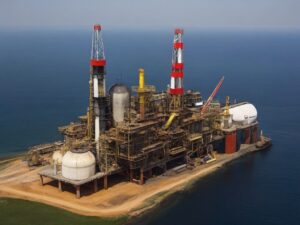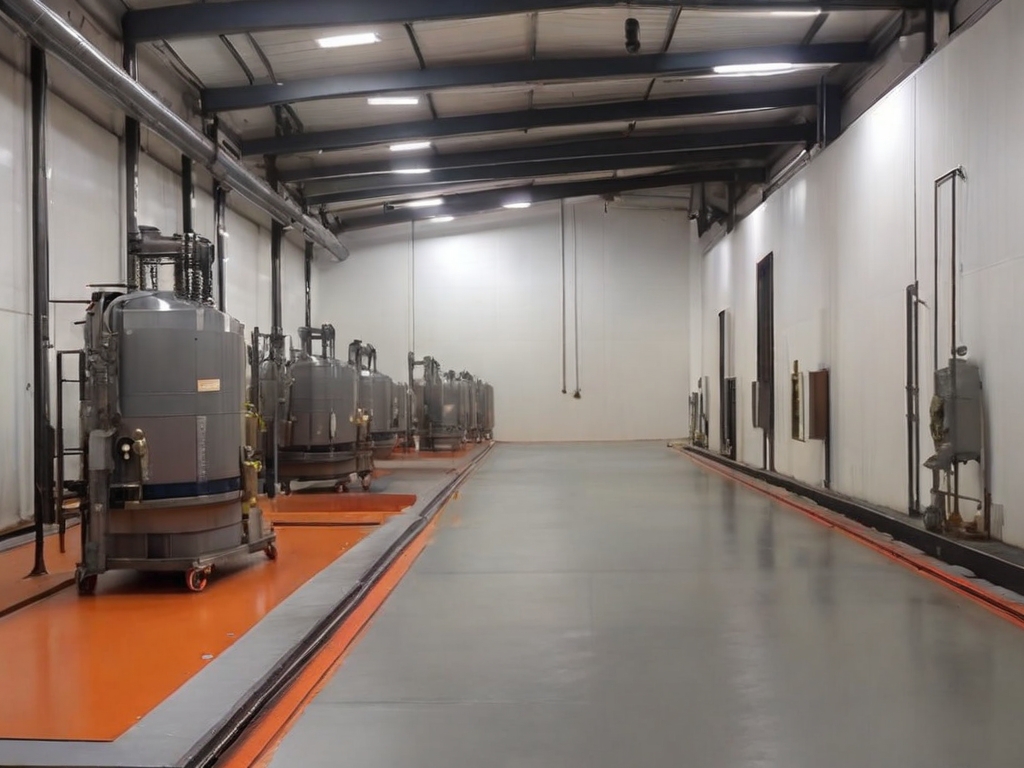Welcome to the Intrinsically Safe Store blog, your go-to resource for all things related to safety in hazardous environments. We commit ourselves to provide valuable insights and information to help you understand and navigate the complexities of safety regulations and standards.
In this article, we delve into the world of Class 1 Division 1 and Division 2 areas, examining real-life case studies of accidents that have occurred in these zones. We invite you to visit our website for more information and resources.
Understanding Class 1 Divisions
Before we delve into the case studies, it’s crucial to understand what Class 1 Division 1 and Division 2 areas are. These classifications, established by the National Electrical Code (NEC), refer to hazardous locations where flammable gases or vapors may be present in the air in quantities sufficient to produce explosive or ignitable mixtures.
- Class 1 Division 1 (C1D1): These are areas where ignitable concentrations of flammable gases or vapors can exist under normal operating conditions, or due to frequent maintenance or repair work, or due to leakage.
- Class 1 Division 2 (C1D2): These are areas where ignitable concentrations of flammable gases or vapors are not likely to occur under normal operating conditions, but may exist for a short period, for example, in case of accidental rupture or breakdown.
Case Studies: Accidents in C1D1 Areas
Accidents in C1D1 areas can be catastrophic due to the constant presence of flammable substances. Let’s look at some examples.

Case Study 1: The Texas City Refinery Explosion
In 2005, the BP Texas City Refinery, a C1D1 area, experienced one of the deadliest industrial accidents in U.S. history. An explosion and fire killed 15 workers and injured more than 170 others. The incident was attributed to the overfilling of a raffinate splitter tower, leading to the release of a large volume of flammable hydrocarbons.
Case Study 2: The Deepwater Horizon Oil Spill
In 2010, the Deepwater Horizon oil rig, operating in a C1D1 area, suffered a blowout, leading to a massive explosion and fire. The accident killed 11 workers and caused the largest marine oil spill in history. The incident was traced back to a failure in the cement barrier in the drilling well.
Case Studies: Accidents in C1D2 Areas
While accidents in C1D2 areas are less frequent, they can still occur and have serious consequences. Here are some examples.
Case Study 1: The PEPCON Disaster
In 1988, the PEPCON plant, a C1D2 area, experienced a massive explosion due to a fire that ignited stored ammonium perchlorate. The incident resulted in two deaths, hundreds of injuries, and significant property damage.
Case Study 2: The Phillips 66 Gas Plant Explosion
In 1989, the Phillips 66 Houston Chemical Complex, a C1D2 area, suffered a series of explosions and fires due to the release of flammable process gases during maintenance activities. The incident resulted in 23 deaths and 314 injuries.
Case Studies: Safety Regulations in Hazardous Areas
These case studies underscore the importance of adhering to safety regulations and standards in Class 1 Division 1 and Division 2 areas. At the Intrinsically Safe Store, we are dedicated to providing products and solutions that help ensure safety in these hazardous environments. We encourage you to contact us for more information and guidance on navigating these complex safety requirements.


